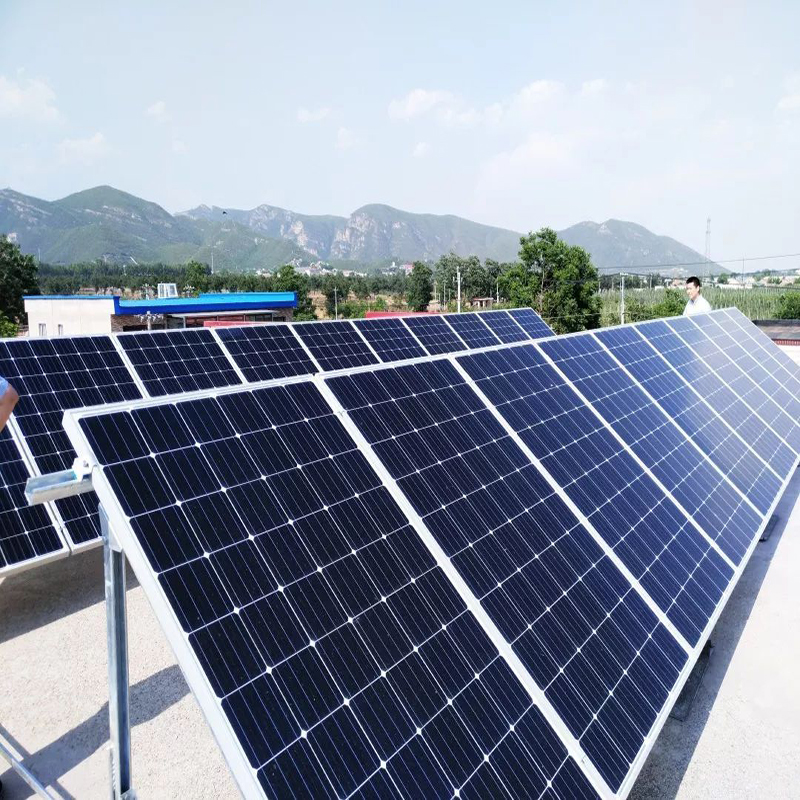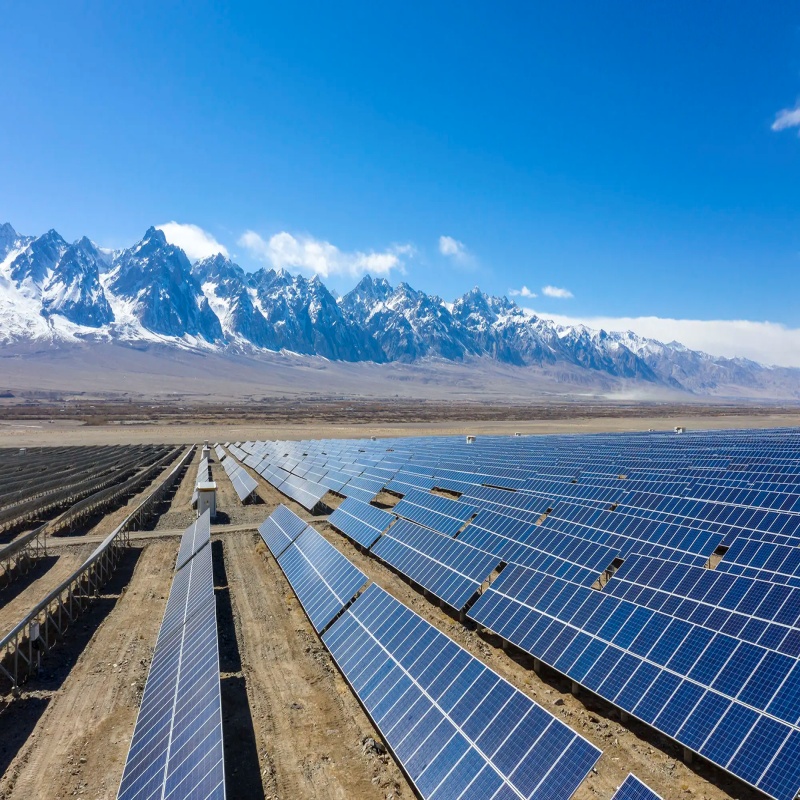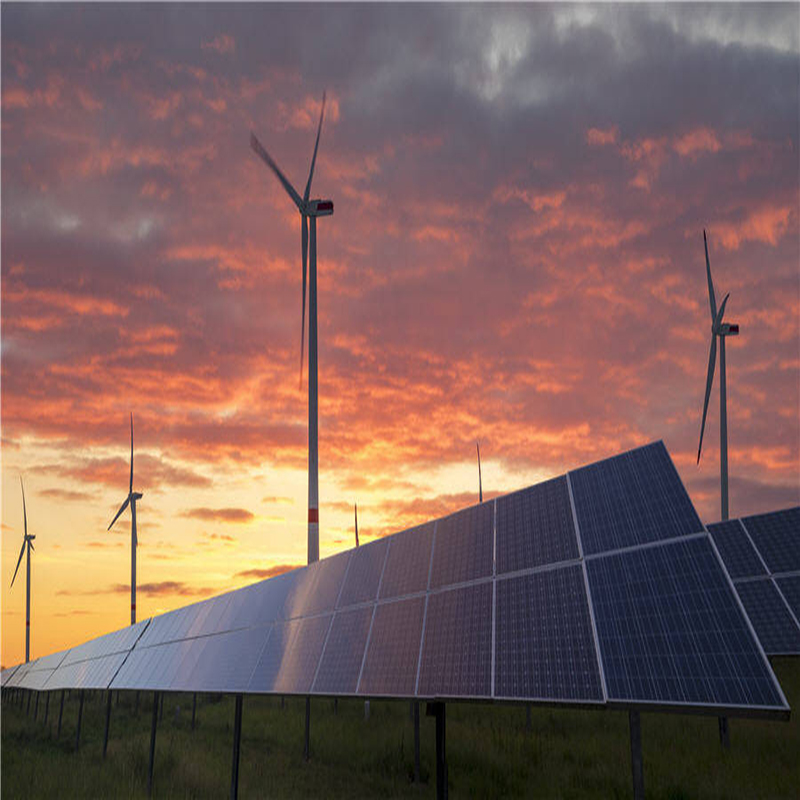◉ Solar Energy Support Structures
Solar energy support structures play a crucial role in photovoltaic (PV) systems. They not only provide a stable foundation for solar panels but also significantly affect the overall power generation efficiency. As technology advances and people become more aware of the benefits of renewable energy, solar support structures are evolving to meet diverse needs.
1. Types of Solar Support Structure
◉ There are mainly two types of solar support structures: fixed mounts and tracking mounts.
Fixed mounts are the most common type used in residential and small business applications. The angle of fixed mounts usually ranges from 15 to 30 degrees, which effectively utilizes sunlight and achieves good power generation results.
Tracking mounts, on the other hand, are a more advanced type of support structure that can automatically adjust the angle of the solar panels according to the sun’s trajectory, thus maximizing light reception. Tracking mounts are categorized into single-axis and dual-axis; the former can adjust in one direction, while the latter can adjust in two directions. Although tracking mounts have a higher initial investment, their power generation efficiency often exceeds that of fixed mounts by 20% to 40%. Therefore, tracking mounts are becoming increasingly popular in large-scale photovoltaic power generation projects.
2. Installation Methods for Solar Support Structures
◉ The installation process for solar support structures involves multiple steps, which typically include site preparation, support structure assembly, solar panel installation, and electrical connection. Before installation, a detailed site survey is conducted to determine the best location and angle for the support structure. For rooftop installations, it is essential to ensure that the roof structure can support the weight of the photovoltaic system and to make necessary reinforcements.
During the assembly process, construction workers must follow the design blueprints and assemble the structure in the specified order and method. Fixed mounts typically use bolt connections, while tracking mounts may involve more complex mechanical structures and electrical systems. Once the solar panels are installed, electrical connections must be made to ensure the system operates correctly.
3. Future Development Trends of Solar Support Structures
◉ With ongoing technological advancements, the design and materials used in solar support structures are continuously evolving. In the future, lightweight, high-strength new materials will be widely used in the manufacturing of support structures to enhance their durability and cost-effectiveness. Additionally, the introduction of smart technology will enable support structures to adapt more flexibly to varying environmental conditions and user needs. For instance, smart mounts incorporating Internet of Things (IoT) technology can monitor the operating status of photovoltaic systems in real-time and automatically adjust the angle of solar panels based on weather changes.
◉ Furthermore, with the increasing importance placed on renewable energy by society, both government and corporate investments in the solar energy sector will continue to rise. This will further drive innovation and application of solar support structure technology, promoting the sustainable development of the photovoltaic industry.
◉ For all products,services and up to date information,please contact us.
Post time: Aug-22-2024



